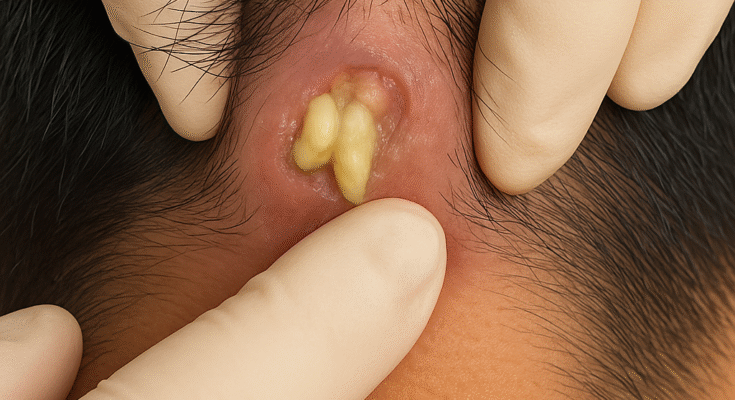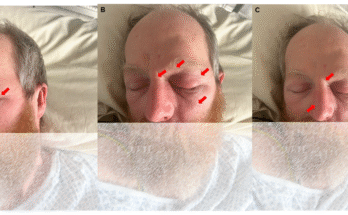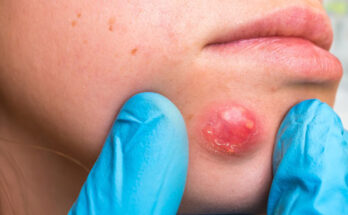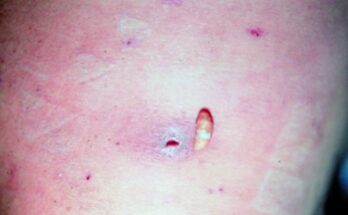A scalp cyst is a small, noncancerous bump that develops under the skin on the head. These cysts often grow slowly and can vary in size, from a tiny pea to a noticeable lump. While they are generally harmless, they can become uncomfortable, tender, or inflamed, especially if infected. Most scalp cysts are filled with keratin, a soft, cheese-like substance, or sebum, the skin’s natural oil.
The most common type is an epidermoid cyst, which forms when skin cells move deeper into the skin and multiply instead of shedding normally. Another type, called a pilar cyst, often occurs on the scalp and is usually inherited. Factors such as blocked hair follicles, skin trauma, or certain genetic conditions can increase the likelihood of developing these cysts.
Symptoms can include a visible lump on the scalp, mild tenderness, and in some cases, a foul-smelling discharge if the cyst bursts or becomes infected. When infection sets in, redness, swelling, and pain may develop, sometimes accompanied by yellow or white pus.
Treatment depends on the cyst’s condition. Small, painless cysts might not require any intervention. However, if a cyst is painful, infected, or bothersome for cosmetic reasons, a doctor can drain it or surgically remove it. It’s important not to squeeze or pop a cyst at home, as this can lead to infection or scarring.
Good scalp hygiene and regular check-ups can help catch issues early. If you notice a lump that changes rapidly, bleeds, or causes significant discomfort, it’s always best to consult a healthcare professional for proper diagnosis and care.



